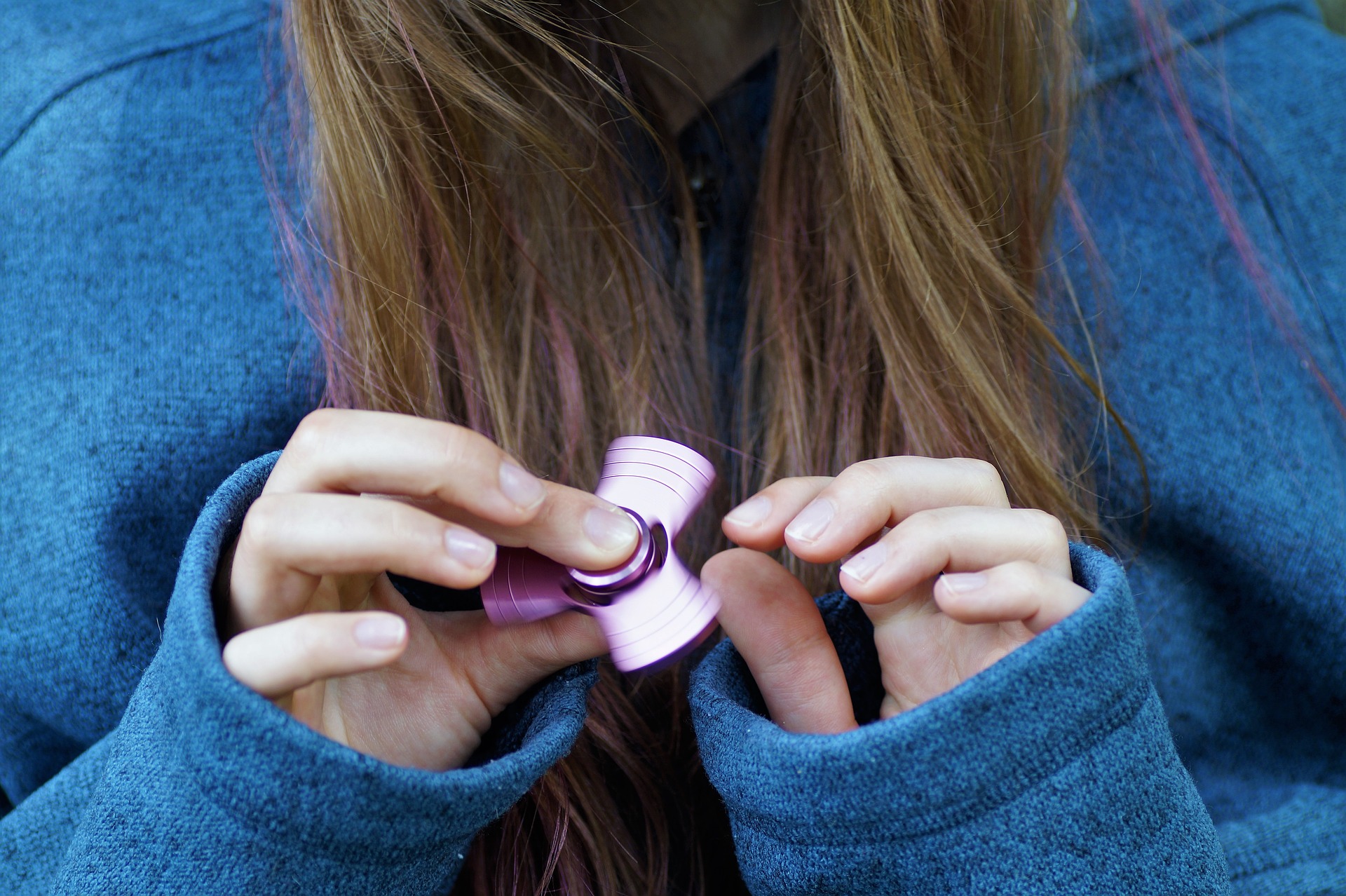Have you ever wondered the question “Do I have ADHD” or maybe “Do I have ADD”? Adults with ADHD/ADD are largely undiagnosed. According to WebMD, around 60% of children who have ADHD/ADD do not outgrow the disorder.
According to CHADD.Org, an estimated 3.4% of adults globally have ADHD/ADD. Adults with the disorder often struggle with concentrating, organizing tasks, following directions, finishing work on time, and remembering information.
Many individuals with ADHD/ADD also struggle with other mental health conditions such as
- Depression
- Mood swings
- Anxiety
- Chronic boredom
- Trouble finishing a book, tv show, or movie
- Trouble controlling anger
- Low self esteem
- Procrastination
- Relationship problems
- Chronic lateness
- Chronic forgetfulness
- Substance Abuse or addiction
- Low motivation
Did you know that individuals with ADHD/ADD are more likely to become addicted to drugs/alcohol?
ADHD and alcoholism tend to run in families. In fact, there are very particular similar genes for alcoholism and ADHD/ADD. The disorder can cause impulsivity, poor judgment, relationship problems, work problems, and more that can lead many to abuse alcohol and/or drugs. According to WebMD, among adults that are being treated for alcohol and substance abuse, the rate of ADHD is about 25%.
There are two ways to treat ADHD/ADD. Natural treatments, and medicated treatments. Healthline.com suggests for a natural approach, parents may be able to help their children by simply changing their diets. Such as avoiding certain food colorings (see below) and potential allergens. This could be especially helpful if the individual has negative reactions to the medications prescribed. Either way, therapy can be extremely helpful for those diagnosed with the disorder. Here are the food colorings mentioned above:
- sodium benzoate, which is commonly found in carbonated beverages, salad dressings, and fruit juice products
- FD&C Yellow No. 6 (sunset yellow), which can be found in breadcrumbs, cereal, candy, icing, and soft drinks
- D&C Yellow No. 10 (quinoline yellow), which can be found in juices, sorbets, and smoked haddock
- FD&C Yellow No. 5 (tartrazine), which can be found in foods like pickles, cereal, granola bars, and yogurt
- FD&C Red No. 40 (allura red), which can be found in soft drinks, children’s medications, gelatin desserts, and ice cream
If you are wondering whether you have symptoms of ADHD, ADD, or another mental health condition, feel free to stop guessing! Take our FREE personalized questionnaire created by a licensed therapist to find out which therapy is best for you. Then get your FULL results to find out whether you have symptoms of:
- ADHD/ADD
- Anxiety
- Bipolar Disorder
- Depression
- Personality Disorder
- Eating Disorder
- PTSD
- OCD
- & More!
Start on your journey to a happier life today! Life is too short not to be happy, so let’s think happy.
Resources
https://www.webmd.com/add-adhd/adhd-adults
https://chadd.org/about-adhd/general-prevalence/
https://www.healthline.com/health/adhd/natural-remedies#dietary-changes







